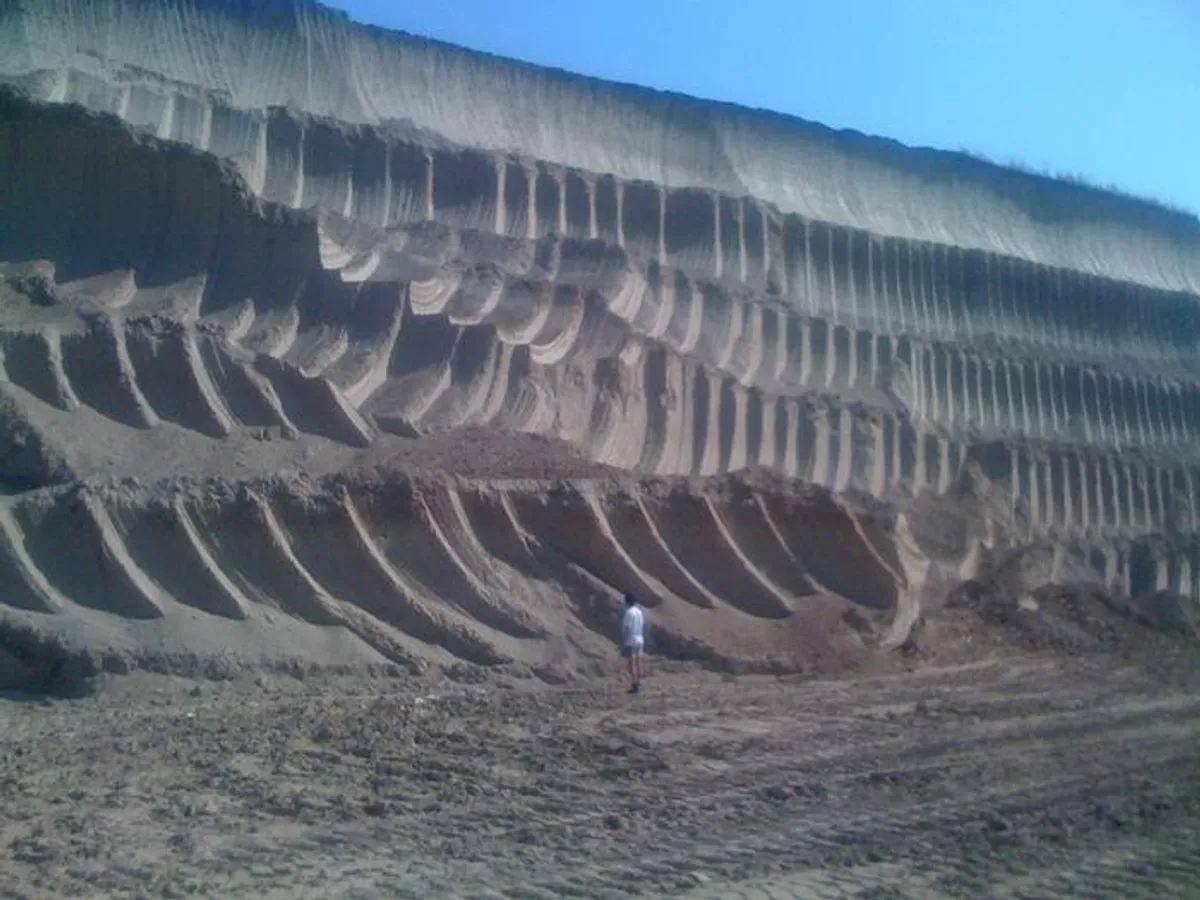In the vast expanse of our planet's history, there lies a chapter of near-extinction for humanity's ancestors. It's a narrative of resilience, migration, and survival against the odds, buried deep within the annals of time. Recent research endeavors to unearth this profound story, shedding light on a critical moment that shaped the course of human evolution.
For years, scientists have grappled with conflicting evidence regarding the timing of this ancient bottleneck event. Was it 1.15 million years ago, as one study suggested, or did it occur later, around 930,000 years ago? The answer holds the key to unraveling the mysteries of what nearly drove our ancestors to the brink of extinction.
A groundbreaking genetic study proposed the later date, painting a picture of a dwindling population of hominins, possibly Homo erectus, struggling to survive amidst harsh conditions. This genetic bottleneck persisted for millennia, leaving a lasting mark on our species' genetic diversity.
However, archaeological evidence seemed to challenge this narrative, hinting at a different timeline and casting doubt on the genetic findings. Could there be a missing piece to this puzzle?
Enter Professor Giovanni Muttoni of the University of Milan and Professor Dennis Kent of Columbia University. With meticulous analysis and a multidisciplinary approach, they sought to reconcile the discrepancies and unveil the truth hidden within the Earth's layers.
Their research journey led them to the shifting landscapes of Europe and the Middle East, where evidence of ancient habitation lay buried beneath the soil. By reevaluating dating techniques and scrutinizing geological records, they pieced together a timeline that aligned with the genetic data.
A record of Earth's temperature cycles over millions of years is preserved in this loess-paleosol sequence in Kostolac, Serbia, including a cold snap suspected of causing our genetic bottleneck.
Image Credit: Giovanni Muttoni
Around 900,000 years ago, the Earth bore witness to the onset of the first major Pleistocene ice age, triggering a cascade of environmental changes. These tumultuous conditions drove our ancestors out of Europe, their once-thriving settlements abandoned in the face of mounting challenges.
Yet, amidst the upheaval, a glimmer of hope emerged. Low sea levels paved the way for migration, offering a pathway for the survivors to venture beyond the confines of Africa. It was a journey fraught with peril, yet it laid the foundation for the emergence of new human populations in distant lands.
The echoes of this ancient migration reverberate through time, shaping the genetic tapestry of humanity. Neanderthals and Denisovans, distant relatives of modern humans, bear witness to the shared ancestry forged in the crucible of adversity.
But what of those who came before? Muttoni and Kent speculate on the fate of earlier human populations, their legacy lost to the winds of time. Were they outcompeted by the newcomers, or did they succumb to different challenges, leaving no trace of their existence in our genetic code?
As we delve deeper into the annals of human history, each discovery brings us closer to unraveling the mysteries of our past. The tale of near-extinction and migration serves as a poignant reminder of our shared ancestry and the resilience that defines us as a species.
In the end, it's not just a story of survival but a testament to the indomitable spirit of humanity, forged in the crucible of adversity and bound by the threads of our collective journey through time.
The study is published in the Proceedings of the National Academy of Sciences.








